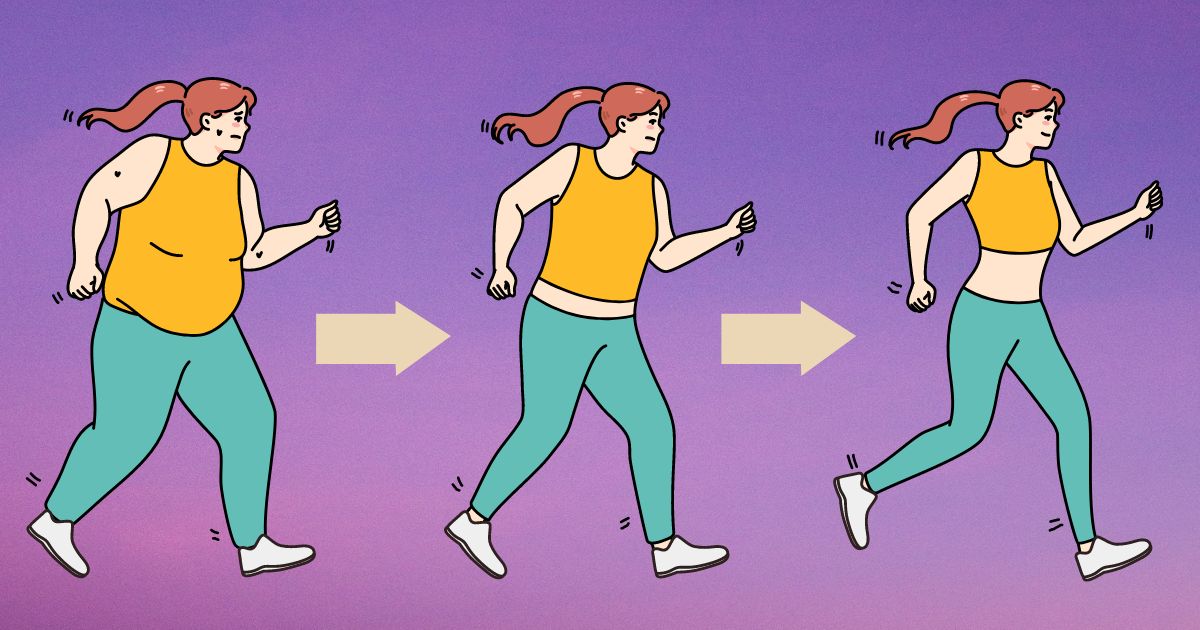Walking: Your Simple Strategy to Lose Weight
Discovering a safe and accessible method to lose weight can be challenging, yet walking offers a proven solution. This low-impact exercise allows for the shedding of pounds without the need for any gym equipment. Indeed, with just regular walking, you can aim to lose up to one pound a week.
Revitalize Your Walking Routine
Transforming your walking routine is key to maintaining motivation and effectiveness. By inviting friends, varying your routes, and keeping the experience fresh, you’ll find yourself more engaged and less likely to skip your walking sessions.
The Impact of Walking on Your Weight Loss Goals
Walking is not just an exercise; it’s a holistic approach to lose weight. With no requirement for diets or exhaustive gym workouts, walking can significantly contribute to your weight loss efforts. The secret lies in the consistency and manner of your walking.
Optimizing Your Walk
To maximize the benefits of walking to lose weight, your technique matters. Keep your gaze forward, engage your core, elevate your chin, and activate your glutes with each step. This posture not only increases calorie burn but also supports a more productive walking exercise.
Utilizing a Pedometer to Lose Weight
A pedometer becomes an invaluable tool in your quest to lose weight. By tracking your daily steps, it encourages movement and provides tangible goals to strive for. Aim for 10,000 steps a day as a benchmark for success.
Setting Achievable Walking Goals
- Strive for 10,000 steps daily, translating to about 500 calories burned and a potential loss of 1 pound per week.
- Maintain a brisk pace of 4 miles per hour to maximize calorie burn.
Gradually Increase Walking Duration
Starting with 15-20 minutes of walking three times a week, gradually increase your activity to 30-60 minutes daily. This gradual increase helps your body adjust and optimizes weight loss without overwhelming you.
Consult Before Starting
Prior to embarking on a walking regimen to lose weight, it’s advisable to consult with a healthcare provider. This ensures the plan suits your health condition and goals.
